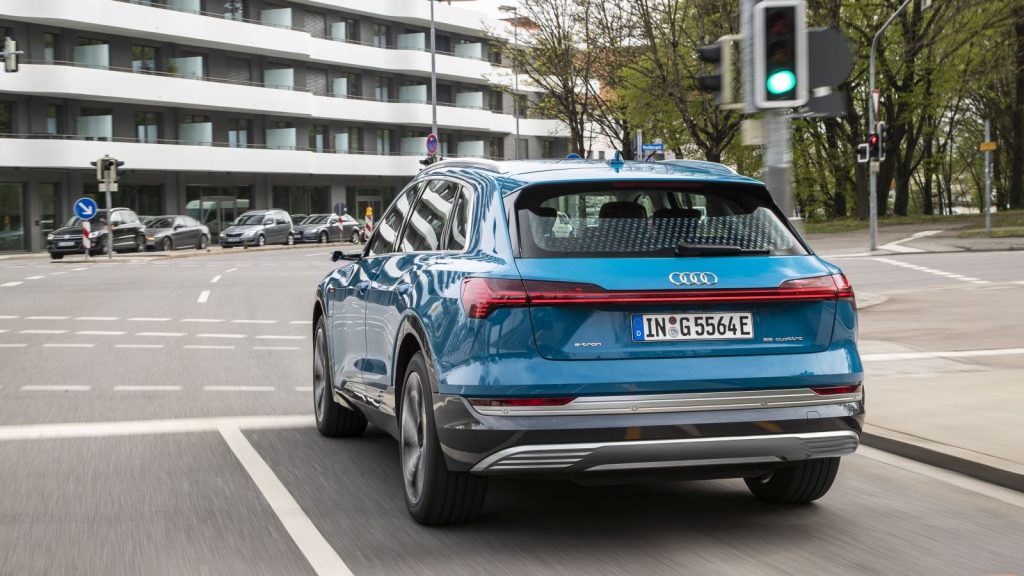Five years ago, launching a decent streaming platform took millions. Now? A teenager with a laptop can build something that reaches millions. That shift…
Audi’s new cars in Germany will count you down, pace you to green lights

Sit up, everyone. It’s time to learn a new tech acronym: V2I, or vehicle-to-infrastructure
Audi on Tuesday announced that its V2I-powered traffic light networking system will be switched on in selected models in the German city of Ingolstadt.
Known to Audi as “time-to-green” select models will count down drivers to when red lights are due to turn green. Another feature will also advise drivers on what speed they should cruise at to catch the next green light. (We probably all play this game anyway.) Audi’s calling this the “Green Light Optimised Speed Advisory” or GLOSA.
Basically, Audi’s employing data from the local traffic network service to inform drivers when lights are set to change, and aims to provide the driver with a constant cruising route.
Select Audi models will count down drivers to when red lights are due to turn green, and advise drivers what speed to travel to catch further green lights
Not all Audi models will support this though. Those with a 2020 model number — the A4, A6, A7, A8, Q3, Q7 and Q8 — with Audi’s “connect Navigation and Infotainment” package and “camera-based traffic sign recognition” software will be eligible. All Audi e-Tron models however should support the system.
The system has been live in the US since 2016, Audi notes, and is currently in use at over 5000 intersections in the country. The company’s also eyeing a future service in Canada and China.
“But why?” is probably something you’re asking, and it’s a valid question. After all, some drivers could be seen to take advantage of such a system, further gamifying the light-to-light experience. But Audi sees it as a system that will reduce urban traffic congestion, and lead to the development of a more flexible city transport network.
“In the long term, urban traffic will benefit. When cars send anonymized data to the city, for example, traffic signals could operate more flexibly,” the company notes in a release.
“Every driver knows the following situation: in the evening you wait at a red light – while no other car is to be seen far and wide. Networked traffic lights would then react according to demand. Drivers of other automotive brands will also profit from the development work that Audi is carrying out with Traffic Light Information – good news for cities, which are dependent on the anonymized data of large fleets to achieve the most efficient traffic management.”
The company also hopes that in the future, a similar system can be employed to better function alongside autonomous vehicles.
Feature image: Audi


